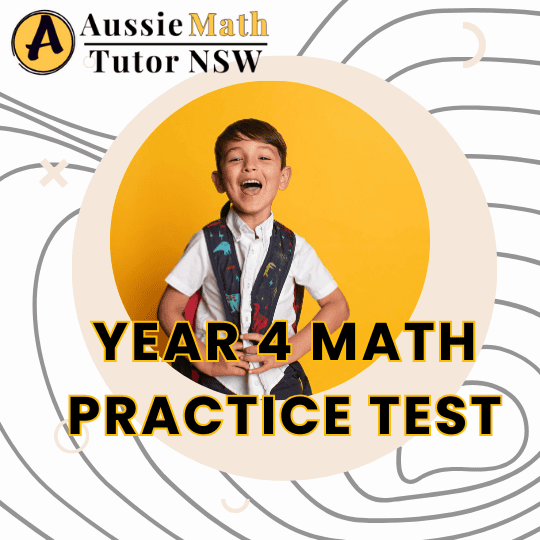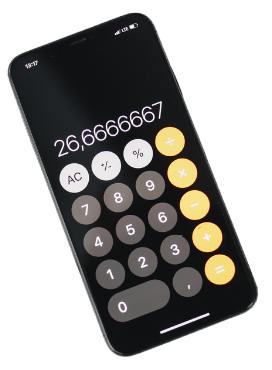What are the key focus areas of Year 4 math in NSW?
NSW Year 4 mathematics develops fluency, understanding, problem-solving, and reasoning across Number and Algebra, Measurement and Geometry, and Statistics and Probability. Key topics include place value to tens of thousands, fractions (including equivalents and decimals), multiplication and division facts, properties of numbers, number sequences, measurement using scaled instruments, time conversion, symmetry, angle classification, listing probabilities, and data representation.
What to expect from NSW Math Year 4 Practice Tests?
Stage 2 (Years 3–4) Key Focus for Year 4 : Expand on number concepts, including place value and fractions. Students also delve into geometric measurements and spatial awareness, with an increased emphasis on using mathematics in real-life contexts.
Easy Practice Test: Basic arithmetic questions such as addition, subtraction, multiplication, and division to strengthen foundational math skills.
Medium Practice Test: More challenging arithmetic problems to test students’ proficiency and understanding of intermediate math concepts.
Hard Practice Test: Advanced questions focusing on place value, fractions, area calculations, and real-life application problems to enhance critical thinking and problem-solving abilities.
NSW Math Year 4 Easy Practice Test
NSW Math Year 4 Hard Practice Test
Year 4 Full Math Practice Test
Please write the answer in the form of 1:2
What should a child know by the end of year 4 in Sydney/NSW?
Although the syllabus taught in different schools may vary, students in Year 4 NSW/Sydney should have learned the following by the end of Year 4:
Develop understanding of number representations, place value (including decimals), and properties of symmetrical shapes.
Recall multiplication tables and communicate sequences of simple fractions.
Use measurement instruments accurately and create patterns with shapes and their transformations.
Formulate and solve authentic problems involving operations, compare large numbers and time durations.
Use reasoning to generalize number properties, develop strategies for multiplication and division, compare angles, and communicate information graphically
What math tests do students take in Year 4 in Sydney/NSW?
Year 4 maths tests in Sydney/NSW assess the Australian Curriculum’s Number & Algebra, Measurement & Space, and Statistics & Probability strands. These tests, which can be topic-specific or comprehensive, use formats like multiple-choice and word problems to evaluate procedural fluency and problem-solving. They cover key Year 4 outcomes, including operations, fractions, decimals, measurement, geometry, and data handling, often with pre- and post-assessments for progress tracking and utilizing both paper-based and digital formats.
What are the Common Topics for Tests for Year 4 Math in Sydney/NSW?
1. Number & Algebra
Addition, subtraction, multiplication, and division facts, including recall of multiplication tables up to 10 x 10.
Understanding and solving problems involving whole numbers, decimals (up to two decimal places), and fractions, including equivalent fractions.
Number patterns and sequences, including multiples of single-digit numbers.
Identifying unknown quantities in number sentences.
Solving word problems involving mixed operations.
2. Measurement & Space
Measuring lengths, areas, volumes, and time durations using scaled instruments.
Converting between units of time.
Understanding and calculating perimeter of rectilinear figures.
Recognizing and classifying shapes, including 3-D solid shapes.
Creating symmetrical shapes and patterns.
Classifying angles in relation to a right angle.
Working with time, including solving time word problems.
3. Statistics & Probability
Collecting, representing, and interpreting data using tables and graphs.
Identifying dependent and independent events.
Listing probabilities of everyday events and understanding likelihood.










